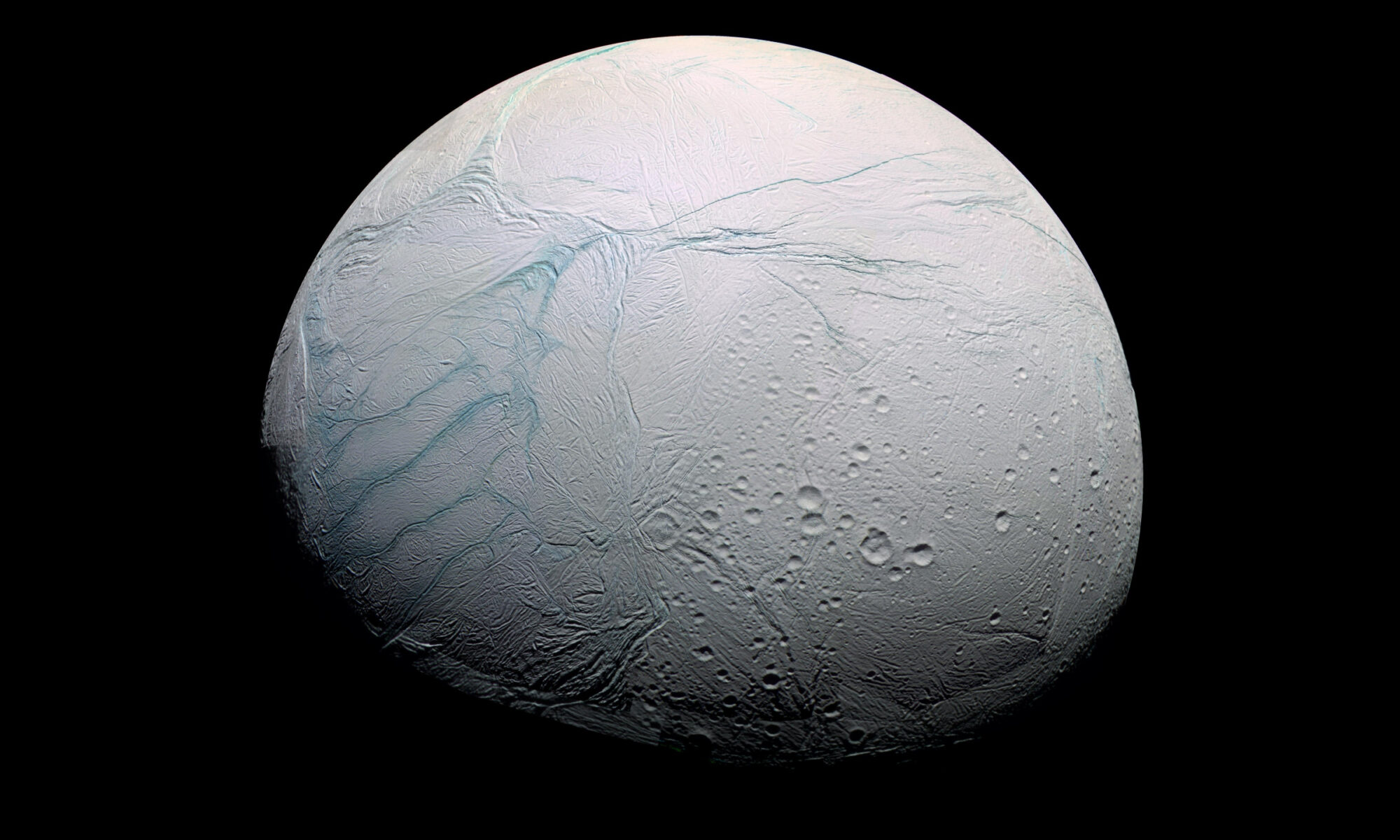After years of being pushed by the U.S. Congress to follow the Europa Clipper, a spacecraft that will survey Jupiter’s frozen moon, with a lander, NASA has begun to push back. The agency disclosed today that the lander mission, if it happens, will now come no earlier than 2030, 5 years later than Congress mandated. And the agency will be challenged to meet the 2023 launch date set for the Clipper.
Thanks to the watery ocean beneath its icy crust, Europa has loomed for several decades as a prime target in the search for life outside Earth. But unlike the $3 billion Europa Clipper, a flagship NASA mission under development that will conduct periodic flybys of the moon, the Europa lander has not been rated as a high-priority mission by planetary scientists.
